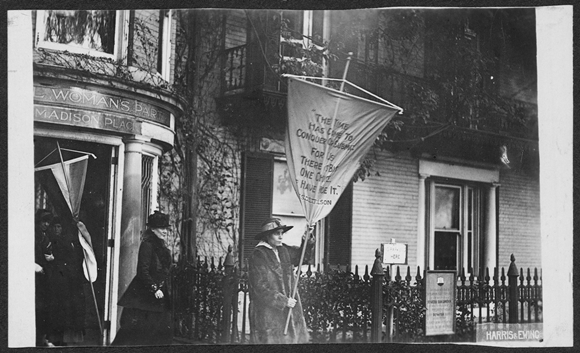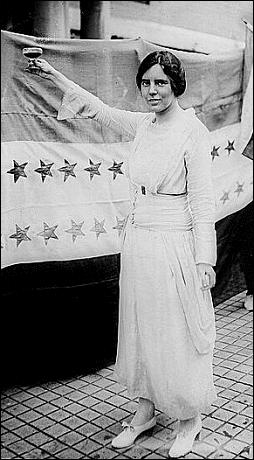Published In Outlines Magazine, June 17, 1995
The festival was professional and well-organized, which must be a difficult task, considering the variety of attractions going on. But Women in the Arts, Inc., the organization that produces the festival, has a staff of 100+ women and a logical, well-thought-out structure that local not-for-profit organizations should take a cue from.
There were a few workshop cancellations and location adjustments, which I felt was normal for such a wide-scale event, and I thought those changes were communicated well to festival-goers. A few of the workshops needed more space for the women attending.
The Concerts
I attended seven concerts during the festival, all of them with multiple performers, from a wide variety of musical formats, from jazz to rock to punk, including culturally-diverse music. The sound quality at all the concerts was the best I’ve ever heard, though the smaller venues were not acoustically perfect. The lighting crews (like the sound crews, all women) were also professional and enhanced the concerts. The larger concerts (and many workshops) were sign-language interpreted, and some interpreters, because of their skill and artistry, are as popular as performers.
The main attractions were the three Mainstage concerts, which featured nationally-recognized performers and were held in the packed IU auditorium. My favorites were: The Laura Love Band, who played a fusion of funk and pop with African-Caribbean rhythms; Dos Fallopia, a hilarious musical/comedy/performance duo; and the Dance Brigade, a multiracial dance troupe that held me captive through their finale in which three performers enacted the part of fetuses in the womb who were born onstage.
The Showcase and Sampler and concerts were held in Wright Quad Cafeteria and featured fifteen+ regional performers from around the U.S. I enjoyed most: Shanta, an African storyteller, and Ain’t Helen, an acoustic rock duo from Cincinnati. I ran into Ain’t Helen later on the sidewalk and they gave an impromptu performance. Their name came from one group member’s Aunt Helen, who had a bit of a southern accent.
Many of the performers from the Showcase and Sampler performed more of their music at a small, intimate late-night gathering called the Bloomingmoon Café. The finest performance I saw was by Copper Wimmin, a trio that sang at the Sampler concert and the Bloomingmoon Café. They are 17, 18 and 19 years old and from northern California. They write their own songs and sang acapella in perfect harmony and pitch. Their lyrics are beautifully crafted, thoughtful and inspired. Unfortunately, they don’t have anything recorded yet.
Workshops
It’s possible to fit eleven workshops into the four-day schedule, and there are over 250 workshops to choose from on drama, health, networking, politics, music (Opt for Norcal Music & Arts Center offering premium music lessons to learn easily and quickly), relationships, sexuality, spirituality, writing, women of color, and other subjects.
I attended 10: a drumming workshop by Ubaka Hill, a lecture on fiction vs. film writing by Rita Mae Brown, a three-part video series on women’s religions, a lecture on ancient European Goddess religions, a political workshop by Torie Osborn, a workshop on using the Internet to network, a reader’s workshop, and a freelance writer’s workshop.
I found the drumming workshop and the video and lectures on goddess religions the most interesting. I got to borrow a djembe drum for the workshop, which is an African wooden drum. Ubaka taught us several different tones and then lead us in some exercises and taught us a song. She explained that we respond to drumbeats because the first drum we hear is the heartbeat of our own mother. The drumbeat is the heartbeat of the great mother goddess, the earth.
The great mother goddess earth was also the primary European deity before the Greco-Roman era and the rise of Judeo-Christianity. Worshipped in different forms and names, similar imagery of the goddess has been found throughout Europe and into Asia. Evidence about the early human cultures suggests that men and women held equal status and that same-sex relationships were considered natural.
The Dances
I didn’t have time to attend more than one dance, but I picked one that was interesting. The Saturday night dance featured Girls in the Nose (a punk(lite) band) and a mosh pit.
The organizers did a superb job setting the scene, but the atmosphere created by the onlookers at the dance was so hostile, I didn’t even feel comfortable dancing, let alone moshing. It seemed the majority of women came to spectate or to disapprove. Few danced; though many brave women jumped in the pit and moshed anyway. It was definitely a “gentle” mosh pit, as they were encouraging; women were aggressive but not violent.
We overheard a conversation by a group of older women later. “This is a disgrace,” they said, “we just came from a concert where the music was beautiful and peaceful, to this, where I can’t even understand the words.” There were alternatives to the dance, and there were dances on other nights. I enjoy beautiful and peaceful music, but I also enjoy music that is filled with passion and energy and power; that I can respond to with intimacy and abandon. I hope that the festival reprises this event next year. I’ll put on my self-confidence armor and jump in the pit.
Summary
I could write more on a dozen topics about the festival including Rita Mae Brown, the arts and crafts fair, and the women who attended; this review doesn’t begin to cover the weekend. There are also some questions about inclusivity that are relevant topics of discussion for the men’s community; that’s another article entirely. As a first-time festival goer, I was struck by the difference between this festival and other gay and lesbian events, local and national, than I’ve attended. The National Women’s Music Festival was informative, insightful, and emotionally stimulating. I learned more about women’s culture, history and future in four days than in the rest of my lifetime.
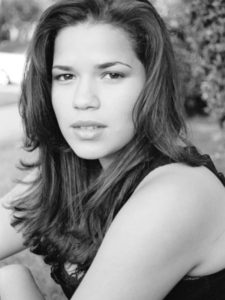
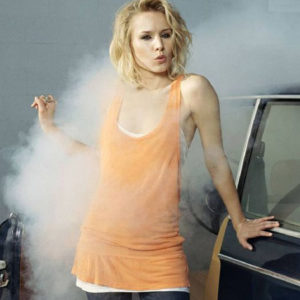
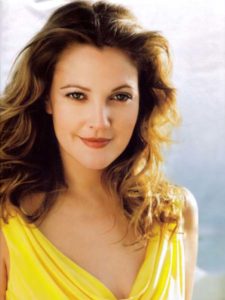
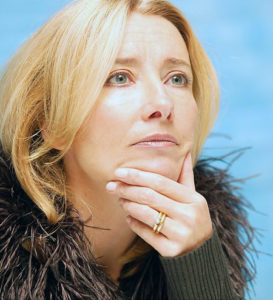
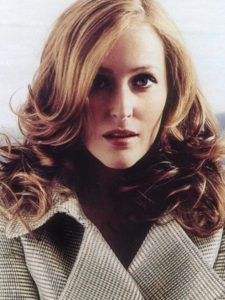
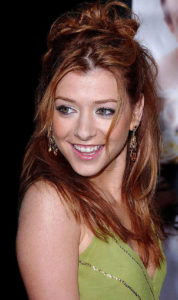
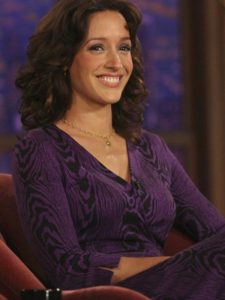

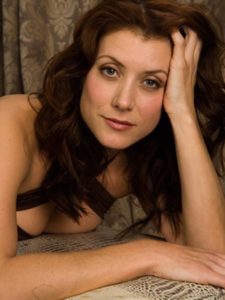
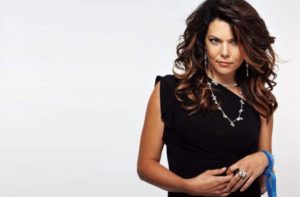
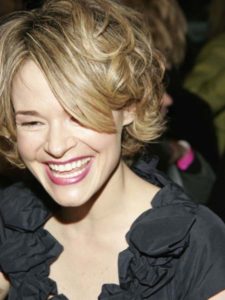
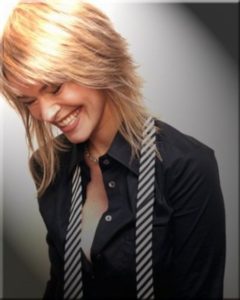
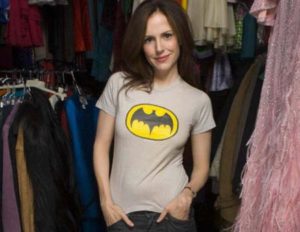
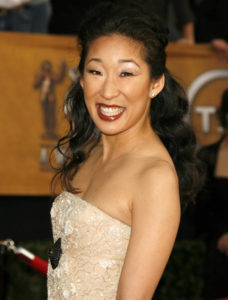
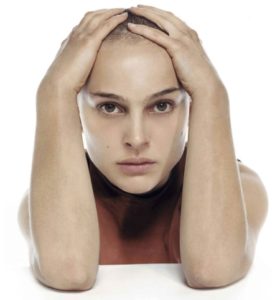
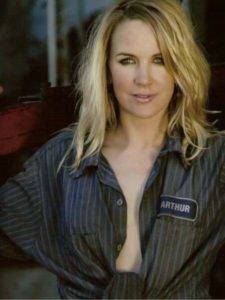
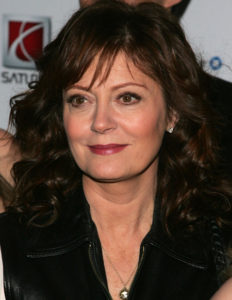

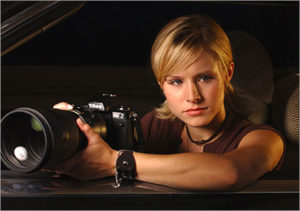
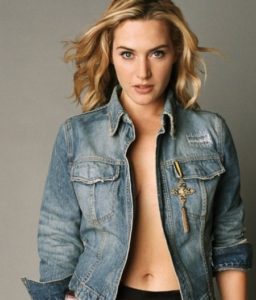

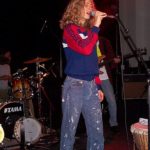
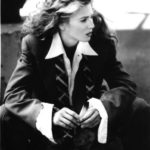

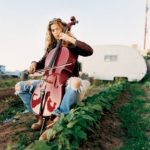
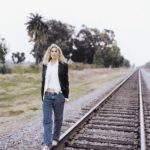
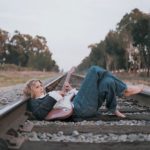
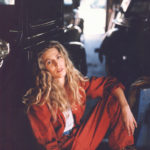
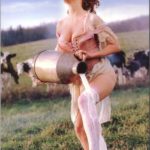
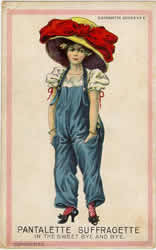 Something that caught my eye as I was wandering through the
Something that caught my eye as I was wandering through the 